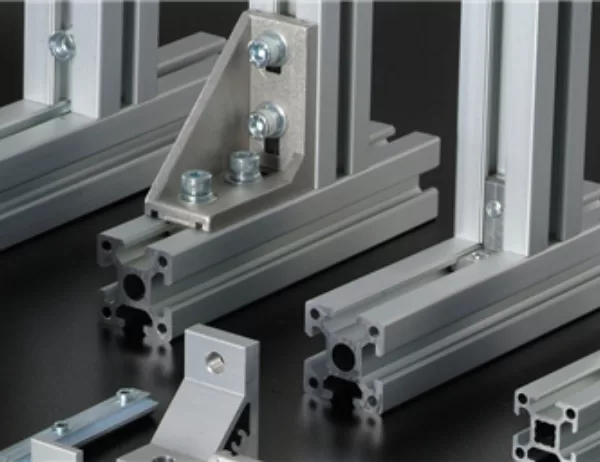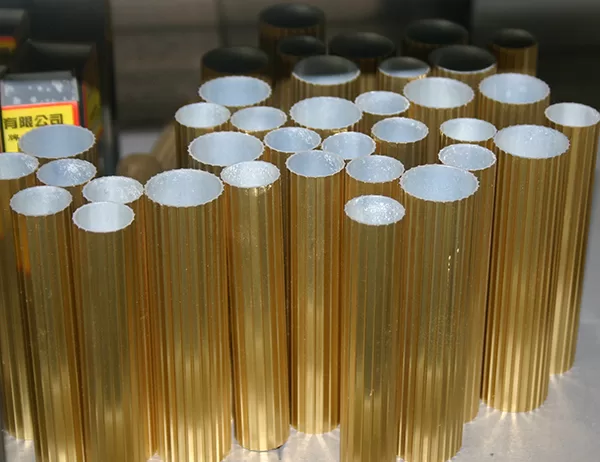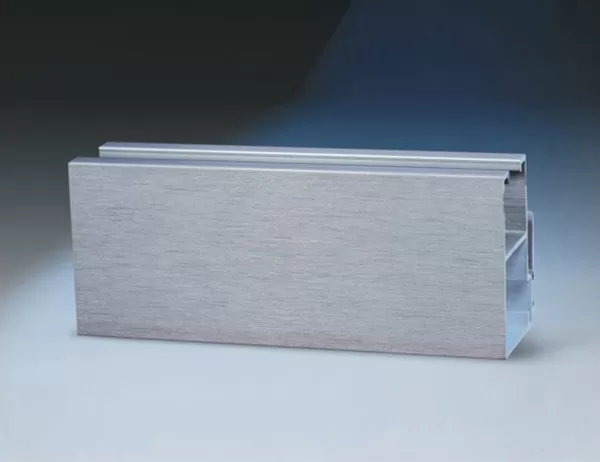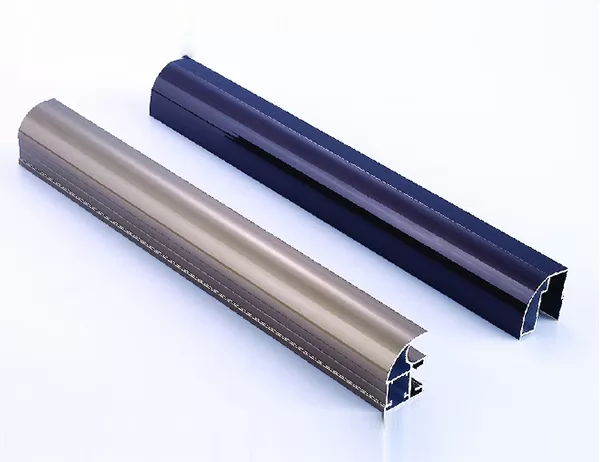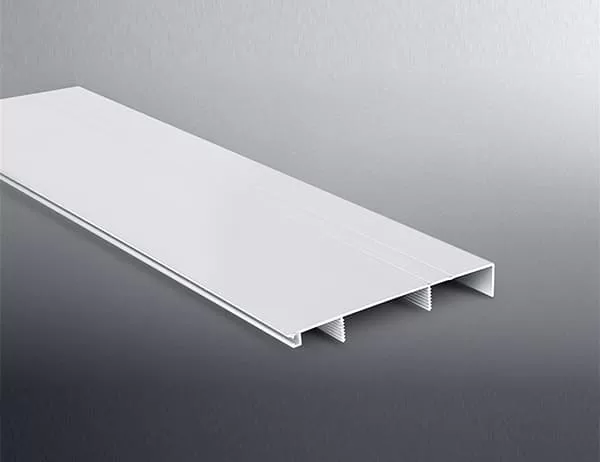“A Comprehensive Guide to Industrial Aluminum Profiles” serves as an authoritative and comprehensive resource for professionals and enthusiasts in the field of industrial aluminum profiles. Written by experts with extensive experience in the industry, this guidebook delves deep into the intricacies of aluminum profile design, manufacturing, and applications.
Industrial aluminum profiles are versatile extrusions crafted from high-strength alloys, offering a unique combination of lightness, durability, and corrosion resistance. The guide provides a detailed overview of the different alloys used in profile manufacturing, their properties, and their suitability for various applications. It also explores the extrusion process, explaining how molten aluminum is transformed into complex shapes with precise dimensions and finishes.
Understanding the principles of profile design is crucial for maximizing the performance and aesthetics of aluminum extrusions. The guide covers fundamental concepts such as cross-sectional shape optimization, wall thickness determination, and tolerance control. It also discusses the significance of surface treatments, including anodizing, powder coating, and painting, which enhance the durability and appearance of profiles.
The guide thoroughly examines the entire manufacturing process of industrial aluminum profiles. It describes the equipment used, including extruders, dies, and cooling systems. It also provides insights into the raw materials selection, quality control measures, and post-extrusion processes such as straightening, cutting, and packaging.
Aluminum profiles find applications in a wide range of industries, including construction, automotive, transportation, and electronics. The guide offers detailed case studies showcasing the innovative use of profiles in architectural facades, structural frames, automotive components, and electrical enclosures. It highlights the advantages of aluminum profiles over traditional materials, such as reduced weight, improved strength, and cost-effectiveness.
Ensuring the reliability and quality of industrial aluminum profiles is paramount. The guide explores the various testing methods employed to evaluate the mechanical properties, corrosion resistance, and surface finish of profiles. It also provides information on industry standards, certifications, and regulatory compliance to ensure that products meet the required specifications.
The guide concludes by examining emerging trends and advancements in the industry. It discusses the growing demand for lightweight and sustainable materials, the development of advanced alloys and manufacturing techniques, and the integration of digital technologies in profile design and production. By staying informed about these trends, readers can stay ahead of the curve and adapt to the evolving needs of the market.
“A Comprehensive Guide to Industrial Aluminum Profiles” is an indispensable resource for anyone seeking a thorough understanding of the world of aluminum profiles. Its comprehensive coverage, industry insights, and practical guidance empower readers to make informed decisions, optimize designs, and navigate the complexities of profile manufacturing and applications. By embracing the knowledge imparted in this guide, professionals and enthusiasts can unlock the full potential of aluminum profiles in their respective fields.
